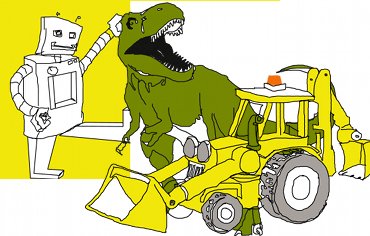The following outlines the lesson on introducing impressionism. It is spring here so the focus is on gardens and flowers in impressionism.
Materials:
1. Acrylics
2. lead pencil
3. paper
Concepts:
Impressionism marked a move away from trying to make objects look like they do in real life. Instead it gave the feeling of a moment in time by relaying the impression of an object or a scene through the eyes of the artist. This is great for children, who are already overcoming a sense of their own capabilities in relation to the world around them. Art like this can be easier for a child who has unlimited capacity for free brush strokes and uninhibited expression.
Books:
Olivia by Ian Falconer. This book contains several styles of art including the work of Degas.
The first painter who exhibited works with a free style not trying to look like a photograph of the subject was Monet. His works elicited a response from critics that sound like censors today criticising heavy metal music.
And this the collection of botched-up things being exhibited to the public without any thought of the fatal consequences they may entail. Yesterday in the Rue de Peletier an unfortunate man was arrested because on coming out of the exhibition he had started to bite passers-by. – Albert Wolff, review of the second Impressionist exhibition, Le Figaro, 1876.
Vincent VanGough
Possibly one of the most famous impressionists, Van Gough was wracked by self criticism and madness but produced some of the most emotional works. Whoever was lucky enough to visit the Masterpieces from Paris exhibition would have seen the vivid colours in Starry Night that you just cannot appreciate through replications and photographs.
Degas
Although there is a focus on spring and impressionists work depicting flowers and garden scenes, Degas will be getting thrown in the mix via the book for today, 'Olivia'.
Gustav Klimt (not famous for his impressionism but still producing around the same time he had some pieces influenced by impressionism and pointillism.)
Lesson Printout:
Building on the ability to copy elements of an image and utilise the "alphabet" of shapes to visually articulate an object with simple shape language: circles, angles, curved and straight lines.
Van Gough still life oil painting - Vase with 15 Sun Flowers. Every young artist will experience reproducing the work of a famous artists, whether walking through a gallery or flicking through one of the many art history books they will be exposed to over the course of their study. This is a crude replica of this great artists work aimed at creating a template for very young artists to play purely with colour, the vibrant and warm colours of spring: orange, red, yellow, white and green.
Inspiration:





No comments:
Post a Comment